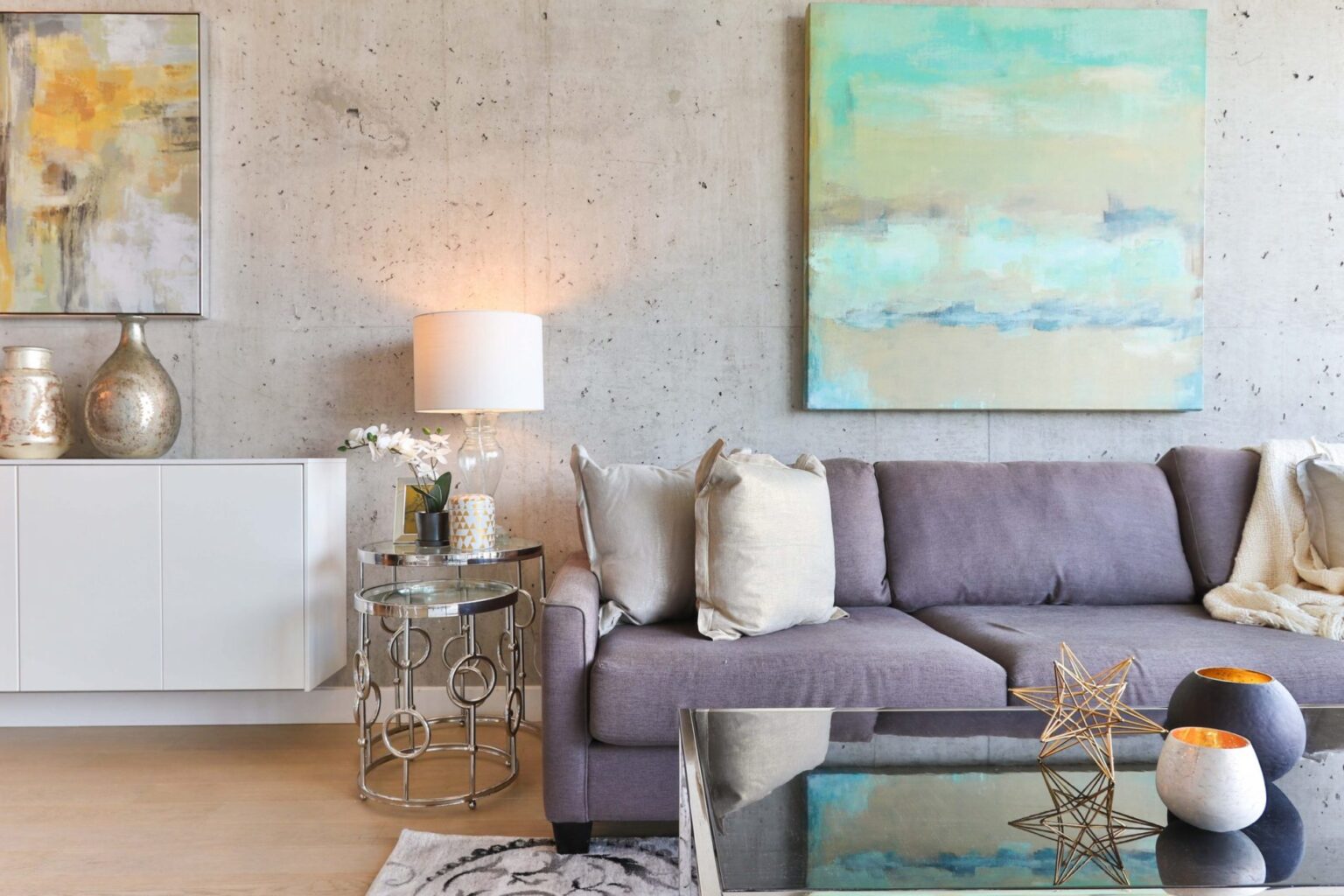Interior design does more than provide your home with a sense of comfort and style; it also is a reflection of who you are, including your interests and lifestyle. When you design your home by a theme, it gives you the chance to add a unique and charming touch to the overall vibe. From the design experts at Fashion Furniture Rental, follow these pro tips and learn how to create a themed interior design using basic design principles:
Choose the best design theme for your lifestyle
When choosing a theme for your home, consider your passions or lifestyle. For example, beach contemporary works well for beach homes or ocean lovers. If you prefer sleek lines and spacious, well-defined areas, minimalist designs like Scandinavian chic could be your ideal style. Adding natural elements as accents is a key aspect of modern minimalism.
Interior designer Michelle Honeyager suggests making a list of your interests and ranking them. You can also do online research to see what design layouts and decor appeal to you. Locations are great theme inspirations, so list places you visit often or dream of visiting. This can help uncover patterns that lead to a cohesive design theme. If you’re eclectic, try creating different themes for each room without overwhelming the space. Honeyager advises, “Don’t overload your home with themes; balance them with neutral rooms or basic elements.” This approach keeps your space unified and avoids a chaotic look.
Choose decor based on the room’s purpose
One of the basic principles of design emphasizes the importance of merging style with function, an effective way to optimize each room in your home. Using a design theme as a basis for home decor, interior designer Rebecca Driggs starts her process by designating each space with a special purpose: “Decide, for example, if your room will be a living room that you will entertain in on just a few occasions or a family room you’re going to use every day.” For a home that feels comfortable and personal, your interior design theme should be directly influenced by your lifestyle and daily habits.
Consider the power of collections
If you’re ready to clear the clutter from your closets and drawers, take a second look before relegating similarly themed items to the throwaway pile. While going through accumulated junk, you might be surprised to find a quirky and charming collection hidden somewhere in the unorganized piles of forgotten knickknacks. When neatly displayed in a glass cabinet or on top of a dresser or table, a collection won’t look cluttered and messy but will showcase your cherished artifacts in a balanced way that also speaks to your personality.
Pick the right size furniture for your space
The biggest challenge that designer Jackie Glisson faces with clients is furniture that doesn’t fit in the space. For example, an oversized sofa will feel cramped and out of place in a small room. One solution is to match the scale of the furniture to the room’s scale, which can be done by using blueprints of your home or drawing a floor plan of your room to scale, letting one square equal one foot. Before buying any new pieces of furniture, Glisson likes to designate the future placement of each piece by measuring its size and outlining with painter’s tape to make sure it fits.
Be consistent with your design theme
While you want each space to be visually appealing with a variety of different colors and textures, you also don’t want any of the elements to clash. For example, you wouldn’t want to hang an African wooden mask next to a classic Japanese wall painting with cherry blossoms. Instead, try placing complimentary pieces throughout the room such as a landscape painting hanging next to a small side table with a vase of flowers or a blooming orchid. If each item is related in some way, there’s a good chance they’ll compliment the other when paired together.
Designer Stephanie Henley uses matching accent colors and coordinating decor to create a consistent look from room to room. According to Henley, “When you do one room, you have to think about everything that touches it, all of the spaces that connect.” If you’re designing each room with its own theme, try to incorporate a few cohesive design elements into each space, which will create a sense of continuity throughout your home.
Choosing and placement of home decor
If you’ve been obsessed with your design theme for a while, you probably already have lots of items you can place around your home as decoration. If your theme is a relatively new concept, you’ll need to do some shopping around to find the pieces that speak to you and your personal preference.
When you decide on your home decor, keep each room looking balanced and harmonious by placing decorative items evenly spaced apart so that it won’t look messy and cluttered. If you are trying to make a small room look bigger, you can also create the illusion of spaciousness by decorating with a few large pieces placed throughout the room instead of many small items hoarded together in every available space.
Fundamental design principles and a little creativity can go a long way, especially when you take the extra effort to plan out a design theme for your home. Following these interior design basics, get ready to transform your home from ordinary and average to truly one-of-a-kind.
Stay tuned for more design tips from the Fashion Furniture blog, your source for the latest trends in interior design.






